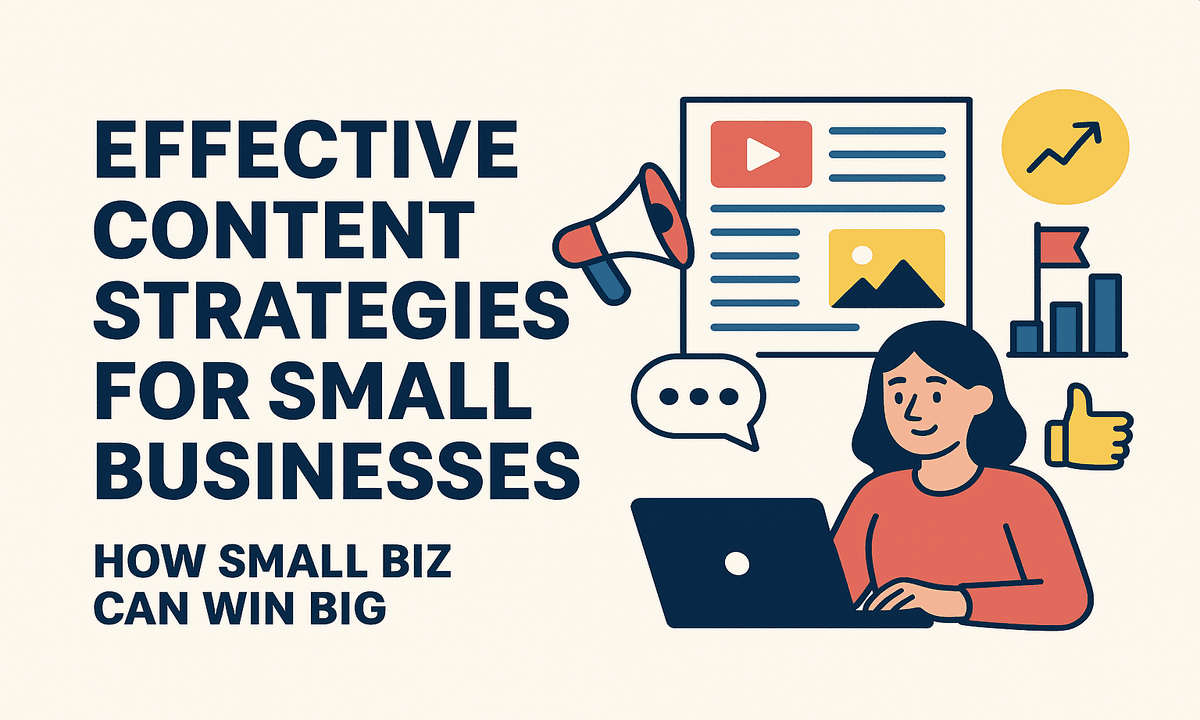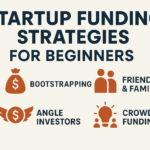Let’s face it—being a small business owner can feel like juggling flaming swords while riding a unicycle. On a Monday. With no coffee. You’re running operations, handling customer service, managing finances—and now someone tells you that you also need a content strategy?
Before you toss your laptop across the room, breathe. The good news? You don’t need a marketing degree or a team of 12 to make content work for you. With a smart plan, a dash of creativity, and some strategic consistency, you can punch way above your weight class.
Here’s how to turn your content into a growth engine without losing your mind—or your weekends.
Start With a Plan: The Mighty Content Calendar
Think of a content calendar as your marketing GPS. Without it, you’re just wandering around hoping to stumble on a viral moment. (Spoiler alert: not a strategy.)
A content calendar helps you map out what you’ll post, when, and where. It saves time, reduces stress, and ensures you’re not scrambling to write a last-minute post about National Donut Day (unless you’re a bakery, in which case—yes, do that).
Here’s what to include:
- Dates: Keep it consistent. Weekly blog post? Biweekly social post? Lock it in.
- Platforms: Decide where your content will live—your blog, Instagram, YouTube, email list.
- Themes: Plan topics around your audience’s pain points or seasonal trends.
Pro tip: Don’t overcomplicate it. A Google Sheet with color codes works just fine.
Blogging Is Not Dead (And It’s Not Just for Foodies)
If you think blogging is just online journaling or a thing from 2012—think again. Blogging is your ticket to building trust, sharing expertise, and climbing the Google ladder.
Here’s why you should care:
- Blogging boosts SEO (more on that below).
- It gives your audience helpful, relevant info.
- It positions you as the go-to expert, not just another business selling stuff.
Write blog posts that answer real questions your customers ask. If you’re a florist, blog about “5 Long-Lasting Flowers That Won’t Die Overnight.” If you run a gym, talk about “How to Stay Fit Without Spending Hours at the Gym.” Make it fun, practical, and a little cheeky if that’s your brand.
Speak Google’s Language: The Art of SEO Writing
Three letters that can change the game: SEO.
SEO writing isn’t about cramming in a million keywords like it’s a 2005 search engine hack. It’s about writing content people actually search for—then making it easy for search engines to find.
To do it right:
- Use keywords naturally (don’t force it).
- Add headings, bullet points, and short paragraphs to improve readability.
- Use tools like Uber suggest or Google’s “People Also Ask” to find real search queries.
Pro tip: Include your target keyword in the title, first paragraph, and at least one header. Google likes structure. So do readers.
Mix It Up: Repurpose Like a Pro
You don’t need to create fresh content every single day. That’s the fast track to burnout.
Instead, repurpose what you’ve already got. Turn a blog post into an Instagram carousel. Break it into tweets. Record a quick video version for TikTok or Reels. Turn tips into an email newsletter.
Work smarter, not harder. The goal is consistency, not perfection.
Know Your People: Write Like a Human, Not a Brochure
Nobody wants to read a post that sounds like a robot in a necktie wrote it.
Your content should sound like you. Be human. Be clear. Be a little bold if that fits. You’re not just writing to “an audience.” You’re talking to real people with problems you can solve.
Use their language. Answer their questions. Share real stories. And don’t be afraid to show some personality—it’s your secret weapon as a small business.
Final Thoughts: Show Up, Stick With It, Stand Out
Inside the Morning Routines of successful small businesses, you’ll find that effective content strategies don’t rely on massive budgets or a full-scale marketing team. What truly matters is having a clear plan, showing up consistently, and developing a voice your audience connects with.
Start by building a solid content calendar. Use your blog to share your journey and answer the real questions your customers are asking. Lean into SEO writing to boost visibility where it counts. Repurpose content smartly to stretch your reach. And most importantly—be authentic.







